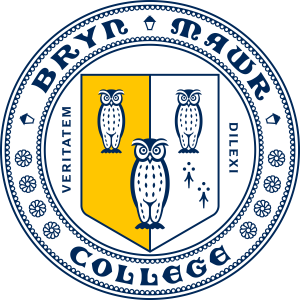Day 2: Design the Learning Environment
Section outline
-
In today's world, a large part of human interaction takes place in "digital affinity spaces," or online spaces where people gather around a shared, strong interest or engagement in a common activity. Most of these digital environments were not developed explicitly for learning -- for example, news sites, social media, email, video streaming platforms, web-conferencing platforms, online games -- although they may be coopted for by teachers and learners.
Learning management systems (LMS) like Moodle were developed as structured digital spaces for online learning. They create a "course page" or space where faculty can organize and share a wide variety of learning materials (files, video, podcasts, websites) and digital activities such as quizzes, assignments, polls or discussion forums that translate face-to-face teaching and learning practices into digital form. This module explores how to use your LMS to create a welcoming learning community and guide your students' learning.
Learning Outcomes
By the end of this module, you will be able to:
- Create an online course prototype
- Make informed decisions about which components will be synchronous and asynchronous
- Make informed decisions about the learning technologies you plan to adopt.
-
This file contains links to related AskAthena help guides for the topics we covered.
37.0 MB · Uploaded 08/12/25, 11:15 -
(Watch time: 2 mins, 34 sec.)
Source: Oliver Schinkten, Learning to Teach Online. LinkedIn Learning video course, released 2023.A key component of online course design is deciding which activities (if any) should be "synchronous" and which (if any) should be "asynchronous." This short video explains the difference, gives examples, and suggests things to consider when choosing between them.
-
This article, written by the Johns Hopkins' Engineering for Professionals program for their master's students, suggests things graduate students should consider when weighing these two modalities.
-
Source: Darby, F. & Lang, J.M. (2019). "Using media and technology tools." In Small teaching online: Applying learning science in online classes. Retrieved from Bryn Mawr College, Tripod on 05/07/2020
-
Source: Miller, Michelle D. The Chronicle of Higher Education
-
Annotated examples of three online course designs that include good organization, course navigation support, and accessibility features.
-
(Watch time: 7 min 36 sec)
Good online design techniques come from Universal Design for Learning (UDL) principles for engaging and supporting diverse learners. Bryn Mawr College has adopted these principles as a guideline for all College learning experiences.
This video presentation provides a short overview of UDL and how it supports online course design. For more information and resources see Bryn Mawr's UDL Guidelines for Learning Experiences.
-
25.6 KB · Uploaded 08/5/25, 15:28
